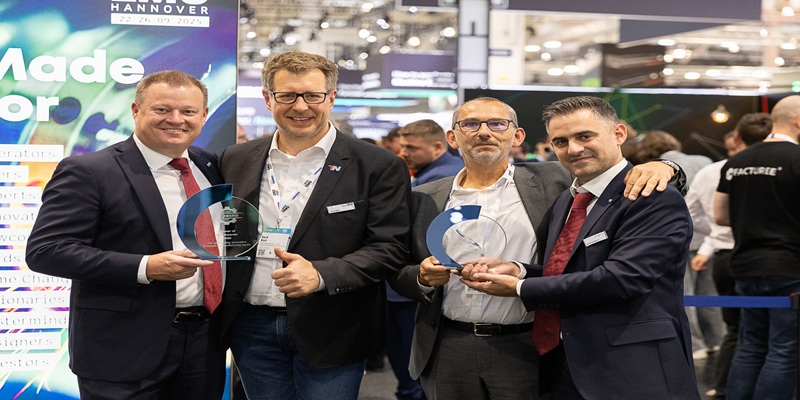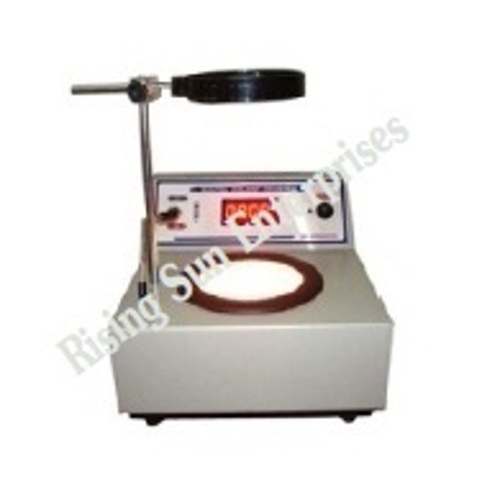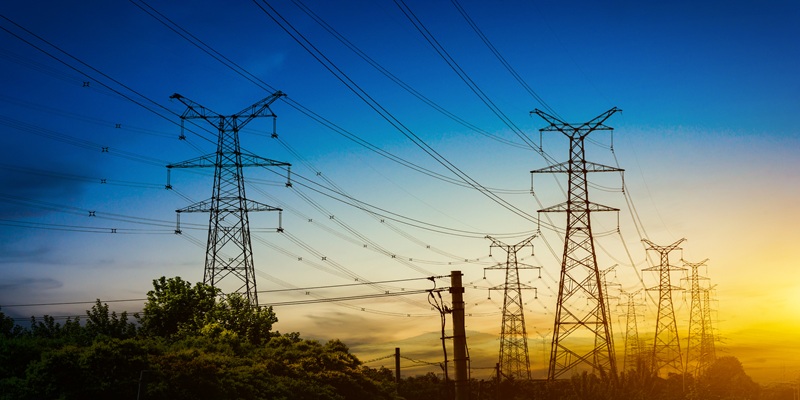Schedule a Call Back
Smart factories are all about sustainability, flexibility and quality
 Technical Articles
Technical Articles- May 01,18

At a time when India is committed to increase the contribution of the manufacturing sector to GDP to 25 per cent, for the country’s MSMEs digitalisation can be a potent tool to survive the onslaught of much bigger global players, says Ashish Bhat, Executive Vice President, Digital Factory, Siemens Ltd. In conversation with Manish Pant, Bhatt sheds light on the growth in automation density and spread of specialised manufacturing hubs into small cities as part of the natural evolution of the country’s manufacturing sector.
How would you define a smart factory?
A smart factory addresses the four key themes within the products mix and intrinsically has the right technology to address them. One, a smart factory should be able to innovate very fast and bring in new products to the market at minimum additional cost. Second, it has to do this in a very efficient manner. That means every time a new product is created the factory can be reconfigured to save on additional resources or cost. The third thing is about flexibility. That means it needs to be able to create as many variants of a product as the customer requires. Fourth, it takes a mass-produced product to provide a customised solution at the same price even while maintaining sustainability, flexibility and, above all, quality.
From being manufacturers of heavy equipment, leading heavy engineering companies are now turning into integrators. Where does Siemens figure in this scenario?
The term Industry 4.0 is all about the Fourth Industrial Revolution. Some people talk of digitalisation purely as automation and interconnectedness of machines on a shop floor. However, in our view, digitalisation involves an overhaul of the entire value chain. For example, take a mobile phone. The process starts with an assessment of the handset design, its mechatronic composition and the software to be embedded in the device, as part of the product lifecycle management (PLM) or production definition process. Then you also have to define the stages in the production line process such welding stations, robotic cells, stamping lines, resource placement, etc. Once that’s done, you start emulating the production in the virtual world through a highly iterative process. If you decide that with the kind of resources at your disposal the phone in its present size is costing you too much, you can go back and change the product specifications and redesign the production line. Then you release 3D drawings of the product, equipment and software to test them for the physical build. What you are left with is called the digital twin because it has all the information from the product design to production execution stage. Once the plant is operational, our open internet of things (IoT) MindSphere environment focuses on its performance.
We are also active in another area called the digital twin of performance. Once the plant is up and running and my assets working, they have to be optimised to the best of their design ability. That is where IoT comes in. What we do is we create a common data set from the product, production and performance in one model to create a digital twin of the plant. Therefore, it is not always about the degree of automation or intelligence, it is about the process you put in place to create a smart factory. For example, I make axles for automobiles. If the axles are constantly failing, I feed that information directly into the closed loop ecosystem to identify the manufacturing or mechanical problem. I can proudly say that as a company our technologies are very well-integrated.
In India, most manufacturing units can be classed in the old economy bracket. Therefore, since you are often required to work on brownfield projects, how do you achieve that integration within an existing setup?
Absolutely right! If you look at the private capex in India at the moment, it is muted. Therefore, a lot of projects are brownfield.
Since they are not making new products or adding production lines, we work on improving the performance of their processes. As I stated earlier, there is a product twin, production twin and performance twin. With a lot of these brownfield projects, especially in the automotive sector, we are connecting the installed base to our MindSphere cloud system and putting that on top of analytics. This helps them to both optimise and operationalise their assets better. In a normal process, you would start with the performance of the product and its production. However, since it is a closed loop system, you can start from anywhere. For SMEs, it is important to be able to produce a unique customised product at the same cost as a mass-produced one. Therefore, digitalisation is the only way SMEs can fight economies of scale.
But the MSME sector is also very price sensitive. What are you doing as a company to ensure that the sector benefits from your solutions?
Two years ago, we started a project to revamp and upgrade our control products switchgear factory. The output from that factory represents a high-end and medium enterprise (ME) environment. We did the whole process from the product design to production execution. We used to earlier import the product from Germany. Since the Indian market is very price sensitive, importing it from Germany and then selling it here wasn’t making sense. We decided to make that flagship product here and created a digitalised value chain. We were earlier making its 70 variants in three lines but today we make 180 variants on one line. We were doing a cycle time of 22 seconds per product in the previous line but today we do that in nine seconds. We were doing 24 quality checks before but we now do 68. We are using this factory in Kalwa as a showcase for SMEs on how to successfully achieve their transformation. The other beauty of digitalisation is that if you map your manufacturing using this value chain, you can start at any step. The most efficient way is left to right but that is in a green field environment. In a brownfield environment, you do not have that luxury. But you can break it down and start step three and four or step one and five and bring them up to a level of maturity. We also have maturity models to arrive at a good level of product definition in software. You have to see where you need to increase your maturity level and your maximum return to gradually integrate the whole chain. That is the stage of nirvana; but before you attain that you need to pass through several levels of consciousness!
At a time when the government is positioning India as a key manufacturing hub what are some of the segments that excite you?
We are active in all segments but I will speak about those specific to my own business. We are fairly strong in automotive components, defence and aerospace. The government is looking at a huge spend in both military and non-military aviation. We are waiting for those sectors to come in. Food & beverage is another market that has a high potential outside the special machinery segment.
How do you see the manufacturing sector evolve in the years to come?
While travelling to Ajmer I was amazed at the level of automation that the local marble cutting units have deployed. They are extensively using technology to derive the maximum out of a 20-tonne slab. The industry is also moving out as the infrastructure is expanding. If you did not have the power and transportation in the tier-2 and tier-3 cities, the remote industry would never have come up there. Consequently, automation density too is increasing. In order to maximise resources and stay competitive with overseas products, you need some degree of automation. This is part of the overall evolutionary process. It is heartening to find specialised manufacturing hubs in small cities utilising automation in a smart way. Even on the brownfield side, I am seeing an increasing adoption of the IoT technology.
Related Stories

Salvagnini Achieves 4,000 Panel Bender in Global Operations
Salvagnini Maschinenbau marks a major milestone with its 4,000th panel bender, strengthening its long-standing leadership in automated panel bending technology for global sheet-metal manufacturers.
Read more
UNITED GRINDING and CHARMILLES Honoured at EMO Hannover 2025
At EMO 2025, UNITED GRINDING completed its digital ecosystem by integrating the open, manufacturer-independent customer portal from Transaction-Network.
Read more
India Sees Slump in Greenfield Projects in Manufacturing: UNCTAD
India has witnessed a significant decline in greenfield manufacturing projects as global foreign direct investment (FDI) dropped in the first half of 2025, with tariff uncertainty exacerbating the s..
Read moreRelated Products

Digital Colony Counter
Rising Sun Enterprises supplies digital colony counter.
Robotic Welding SPM
Primo Automation Systems Pvt. Ltd. manufactures, supplies and exports robotic welding SPM.

Heat Exchanger Scale Removal Compound -hesr-300
Hi There!
Now get regular updates from IPF Magazine on WhatsApp!
Click on link below, message us with a simple hi, and SAVE our number
You will have subscribed to our Industrial News on Whatsapp! Enjoy
















